Setting digital transformation as a new driving force to spread cultural values and national heritage
According to Associate Professor Dr. Bui Hoai Son, the National Assembly 's Committee on Culture and Society, in the constant flow of technological and cultural revolution, the lasting values of a nation are also facing the need to strongly transform to adapt and develop.
If in the past, cultural heritage was mainly present in tangible spaces such as museums, theaters, libraries, or through the stories of previous generations, today, thanks to the power of digital technology , that treasure is entering a completely new dimension: the world of digitization, data and unlimited connections.
Digital transformation is not only a tool to preserve heritage but also the key to spreading Vietnamese culture to the international community in a more open, modern and profound way. When traditional patterns of ethnic minorities are recreated in a virtual reality (VR) environment, when then songs, ly melodies or cheo melodies can be heard on any device with just one touch, it is also the time when culture overcomes the barriers of space and time to reach millions of people.
Digital platforms for culture are becoming a bridge between the past, present, and future, especially for the younger generation, a group of audiences that needs to receive culture in a more dynamic and intuitive way. With just a smart device, viewers can observe every detail of an antique, experience a festival using 3D or VR technology, or participate in digital versions of cultural activities that used to only take place in a certain place and at a certain time.
In 2025, the new face of Vietnamese culture has been clearly shown in many fields: from digitizing heritage, communicating culture through social networks to traditional festivals being "reborn" by technology. Dong Da Mound Festival, Tran Temple ( Hung Yen ) ... attract a large audience not only because of their traditional values but also because of their new and lively forms of expression.
Leading cultural units have shown clear effectiveness. At the Temple of Literature - Quoc Tu Giam, many technological applications such as digital heritage maps, 3D projections, smart tours, etc. have helped the relic become more attractive, especially to young people. Deputy Director Nguyen Lien Huong emphasized the need to create an environment that attracts young people, those who are good at technology and have strong creativity, to participate in the digitalization of culture.
Digital transformation also strongly promotes cultural exports. The MV “Bac Bling” by singer Hoa Minzy, after being released on digital platforms, became an international phenomenon, proving the spreading power of Vietnamese culture when combining tradition and technology.
Major events on the occasion of the 80th anniversary of National Day on September 2, 2025, including exhibitions, political art, and multimedia programs, all showed a clear technological imprint, attracting millions of followers on digital platforms.
Experts say digital transformation in culture is very different from that in economic fields. Technology. Culture is linked to community memory and national identity; therefore, technology is not only a tool but also a new way to preserve, transmit and spread.
Associate Professor Dr. Bui Hoai Son commented that, not only preserving and disseminating, digital transformation also creates a new development space for the cultural industry, a field identified by the Party and State as an important driving force of economic growth. When art, cinema, design, music, fashion or video games enter the digital environment, the cultural market is significantly expanded. A painting is not only displayed in an exhibition room but can also become a digital asset traded on the blockchain. A literary work can be adapted into an audiobook, online movie or interactive game, crossing borders to reach the world.
For the digital culture industry to break through, infrastructure plays a key role. This infrastructure is not only high-speed internet, data centers, heritage storage platforms, but also digital studio systems, multimedia studios, creative spaces, startup support centers, places where ideas crystallize and creativity is nurtured.
From a film studio that uses AI to restore historical documents, a fashion studio that uses 3D to simulate ao dai, a digital art lab that allows creativity in a virtual reality environment, to an open museum on the metaverse platform, all need a strong digital infrastructure with a long-term vision. This is the launching pad for Vietnamese artists to participate more deeply in the global creative value chain, bringing Vietnamese cultural products to international audiences in a more proactive and flexible way.
Synchronous solutions to develop cultural industry in the digital age
Prof. Dr. Tu Thi Loan, Vice President of the Council of Science and Training, Vietnam National Institute of Culture and Arts, emphasized: “Digital transformation is not just about digitizing documents but also about transforming thinking, management models and cultural expression methods”. This viewpoint shows that Resolution 57 has gone straight to the core of the problem: changing from thinking to action models.
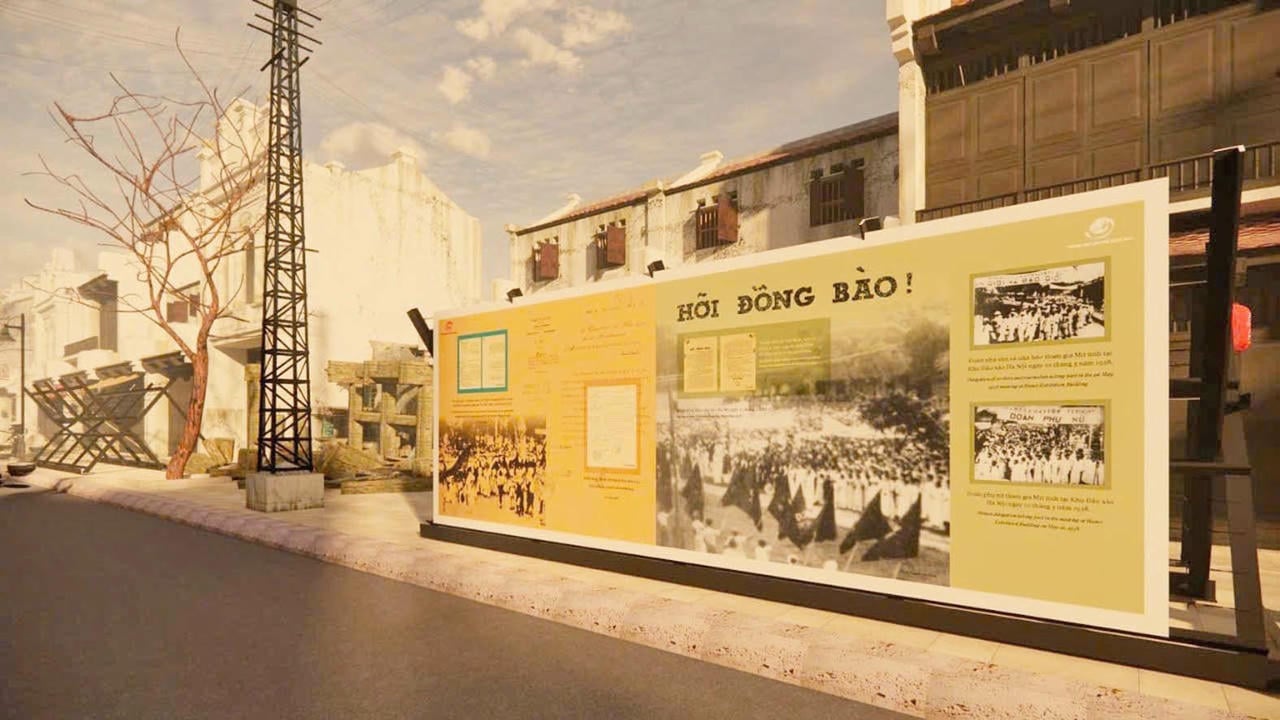
Deputy Minister of Culture, Sports and Tourism Phan Tam affirmed: Digital transformation must go hand in hand with modern organizational models, exploiting big data, AI, IoT... to promote the cultural industry. Policies to support investment, develop high-quality human resources, and encourage creative startups are urgent requirements.
For example, AI can assist artists in sketching, rendering, sound editing, and creating interactive spaces. A work of art can change based on viewer feedback, a book can take many different directions based on readers' choices. Therefore, innovation is the driving force for Vietnamese culture to expand its influence while still maintaining its own identity.
And the most important thing is still creative people. They are the decisive factor for the success of Vietnam's cultural industry. Therefore, investing in young human resources, those who have a good grasp of technology, new thinking and a desire for innovation, is the fundamental solution. Resolution 57 puts people - people and businesses - at the center of innovation; scientists are the key factor; and the State plays a role in creating and leading. In particular, the Resolution boldly accepts risks in research, encourages venture investment, public-private partnerships, and mobilizes social resources to develop creative industries.
To promote start-ups and innovation in culture, experts propose many solutions: Perfecting institutions and legal corridors. Need for flexible policies on censorship of works, digital copyright, tax - capital - premises incentives; institutionalizing policies to encourage innovation in culture.
Building a healthy cultural market: Preventing copyright infringement and content copying; protecting author rights; creating trust for investors and creative businesses. Investing in digital infrastructure for culture: Including digital heritage data, virtual museums, content distribution platforms, cultural creativity centers, digital studios, VR/AR technology, AI.
Developing young human resources: Universities of culture, art, architecture, etc. need to strengthen training in creative and entrepreneurial skills. Public-private cooperation, internationalization of cultural products. Mobilizing technology enterprises, creative communities, young artists and international experts to participate in developing the cultural industry.
And so, digital transformation can only be successful if there is a qualified workforce. The digital culture industry requires workers who are both skilled and technologically competent: directors who know how to use AI, designers who use 3D and blockchain, museum staff who are proficient in digitization and building interactive experiences. This requires a stronger push for interdisciplinary training between art - technology - economics.
Digital cultural enterprises are the driving force of the creative market, but still face many challenges in terms of capital, technology, and legality. Therefore, supporting policies such as venture capital funds, tax incentives, incubation centers, and creative spaces are essential. When properly supported, cultural startups will become a new “growth engine” for the creative economy.
At the same time, creativity only exists when it is protected. In the digital environment, copyright infringement is complicated, requiring a flexible legal system and supporting technologies such as blockchain, AI, and big data to monitor, authenticate, and protect copyright. At the same time, raising awareness of responsible cultural consumption is an important factor in building a healthy cultural market.
Overall, digital transformation is opening a big door for Vietnam to develop a modern, creative and deeply integrated cultural industry. With the right investment direction, from infrastructure, human resources, business ecosystem to copyright protection, Vietnamese culture will confidently step into the future, spreading the nation's quintessential values to the world with a proactive mindset and a strong desire to rise.
With a new approach, new thinking, and new solutions, Resolution 57 is opening the way for Vietnamese culture and heritage to reach new heights and become a driving force for national development in the digital age. Culture will not only be a spiritual foundation but also a potential creative economic sector, contributing to building a modern Vietnam with a rich identity and deep integration with the world.
Recently, the National Criteria for Comprehensive Cultural Development at All Levels was issued to specify policies and guidelines on cultural development and building Vietnamese people in the period 2025 - 2035. Within 90 days from the effective date of the decision, ministries and branches must issue guidelines, targets and implementation procedures in accordance with reality.
The Ministry of Culture, Sports and Tourism will guide the recognition of localities that have met comprehensive cultural standards; appraise provincial-level dossiers; and coordinate with relevant ministries and branches to complete the content of commune-level criteria.
The Provincial People's Committee is responsible for specifying criteria suitable to local conditions, and at the same time inspecting, monitoring and improving the quality of implementation annually. The Chairman of the Provincial People's Committee will decide to recognize communes and wards that meet the standards according to regulations.
According to the Ministry of Culture, Sports and Tourism, the set of criteria with clear quantitative indicators will promote the entire political system to participate, help localities mobilize resources, and at the same time be a tool to objectively assess the current state of cultural development, ensuring consistency nationwide.
Source: https://baophapluat.vn/kien-tao-nen-van-hoa-so-quoc-gia-trong-ky-nguyen-moi.html







![[Photo] Next to the "mountain of trash" after the flood, Tuy Hoa residents strive to rebuild their lives](/_next/image?url=https%3A%2F%2Fvphoto.vietnam.vn%2Fthumb%2F1200x675%2Fvietnam%2Fresource%2FIMAGE%2F2025%2F11%2F24%2F1763951389752_image-1-jpg.webp&w=3840&q=75)
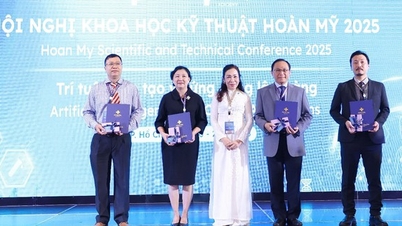



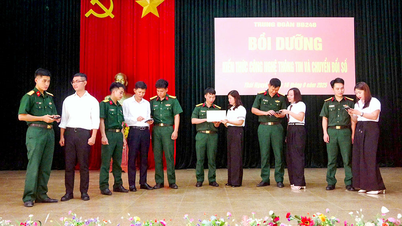



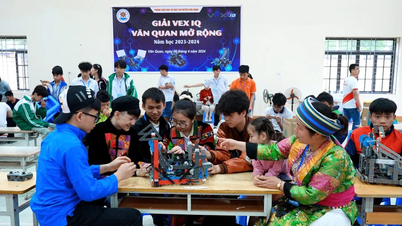


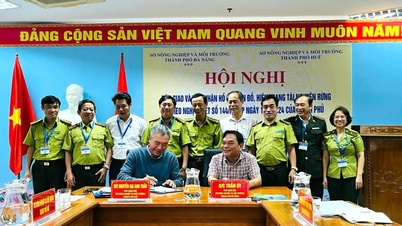



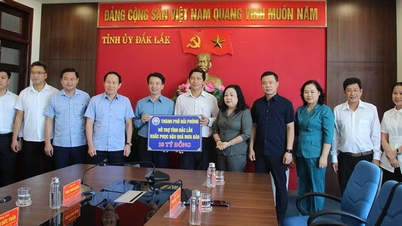
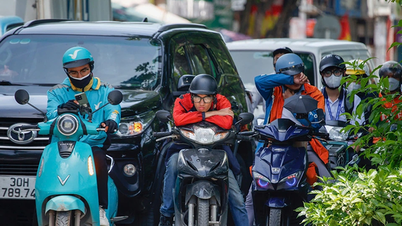
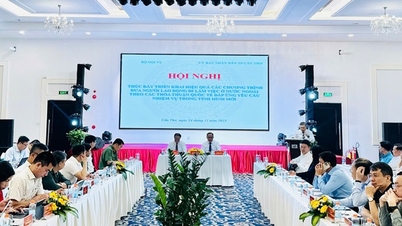







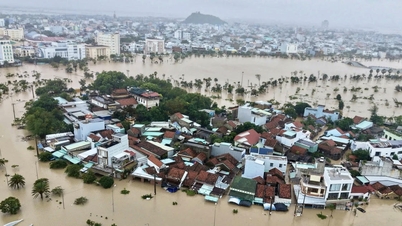


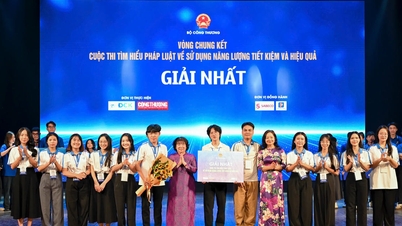

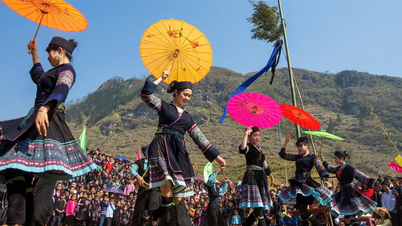

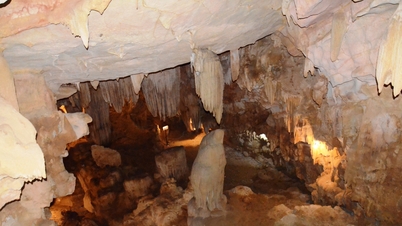


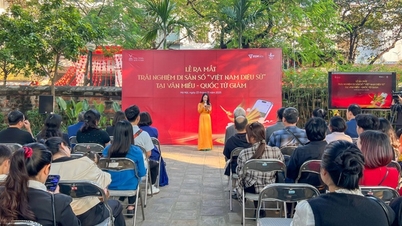

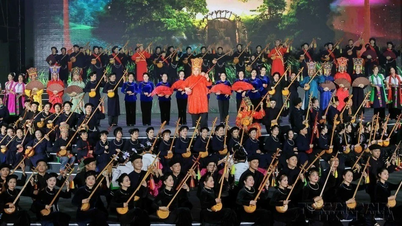
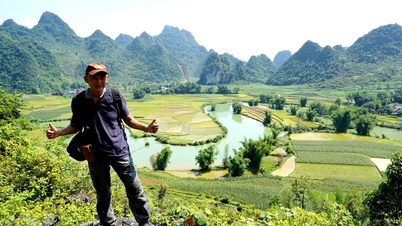

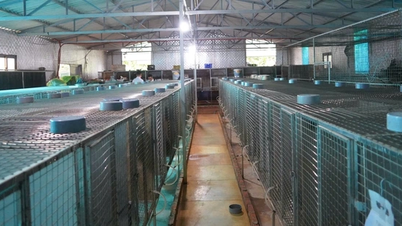



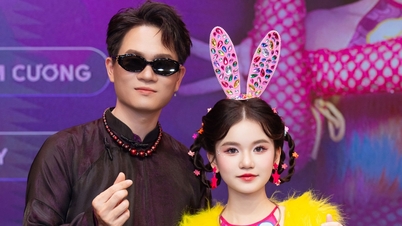
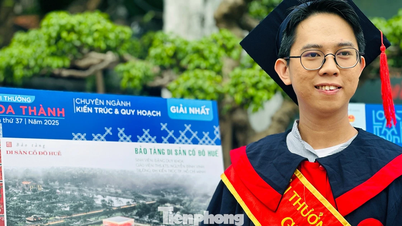



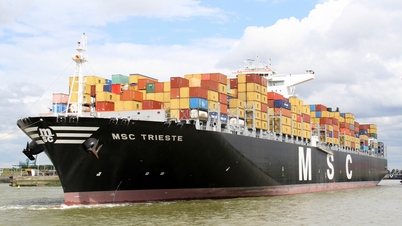


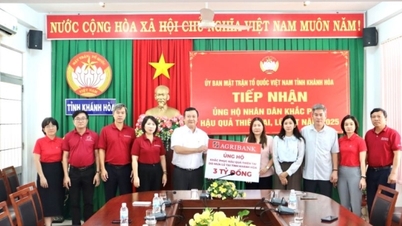











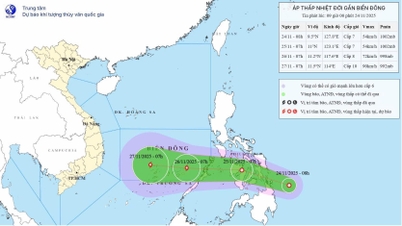



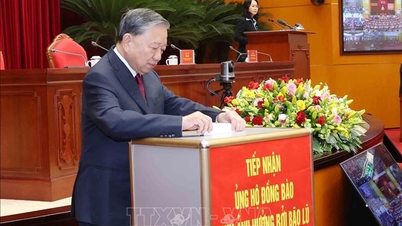









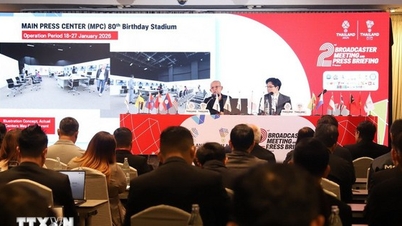


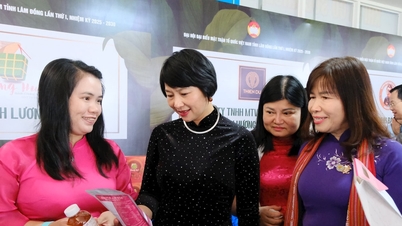

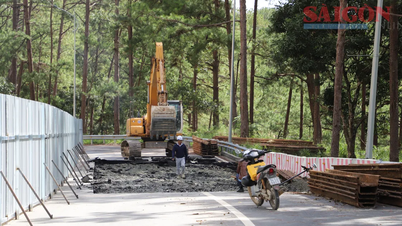


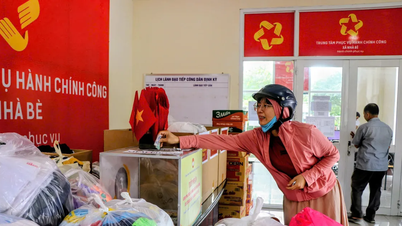
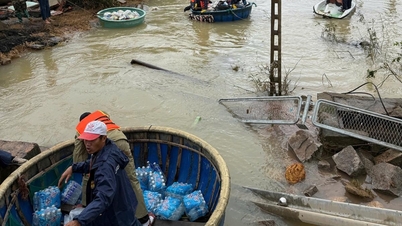















Comment (0)